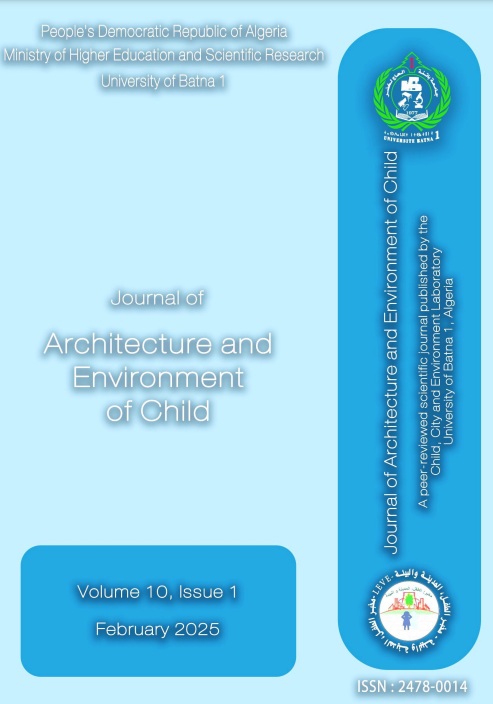Children and Urban Space: Objective Impacts on Physical Games in Childhood
Keywords:
Motor Praxeology, Relationship to Space, Play Space, Urban Environment, Internal LogicAbstract
Movement is essential for children, serving as a tool for expression, discovery, and learning, and playing a crucial role in their personal development. This process is influenced by factors such as the type of intervention (external or internal), developmental stage, and psychological characteristics. The nature of the environment (e.g., school, street, playground, rural or urban areas) also plays a significant role, as it shapes the internal logic of physical activities and their educational impact.With social changes leading to fewer play spaces, children's freedom of movement is increasingly restricted, affecting their psychological, physical, and social development.
This article explores this issue through the lens of motor behavior science (motor praxeology), focusing on the relationship between space (stability vs. uncertainty). We analyze movement situations and their implications, presenting a case study comparing rural and urban environments. Findings suggest that rural areas provide more freedom for children's movement during play, directly impacting their overall development. This highlights the need to consider these factors in the design of play spaces.

